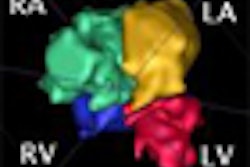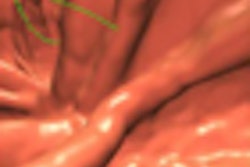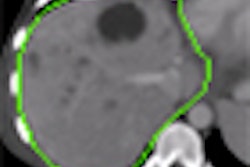Thursday, December 3 | 11:20 a.m.-11:30 a.m. | SSQ01-06 | Arie Crown Theater
Computer-aided detection (CAD) software can improve the sensitivity of breast MRI for both novice and expert readers, according to research from University of Washington Medical Center.To compare the diagnostic accuracy and efficiency of breast MRI with and without CAD, a research team studied 70 cases (including 43 malignant cases) with nine expert radiologists and 11 novice radiologists. In the first of two reader sessions, the radiologists read half of the randomized studies with CADstream software (Merge CAD, Bellevue, WA) and half without. The second session was performed six months later.
The researchers found that CAD improved the sensitivity of expert readers from 84% to 91%. Novice readers also saw their sensitivity rise from 77% to 83% with CAD. The sensitivity increase was statistically higher for the expert readers, according to the researchers.
Expert readers also experienced an increase in negative predictive value from the use of CAD (81% versus 70%). The researchers did not observe any statistically significant differences in specificity or positive predictive value.
As for overall accuracy, experts had an area under the receiver operator characteristics (ROC) curve of 0.87 with CAD and 0.80 without. For novices, it was 0.79 with CAD and 0.77 without CAD.
While the researchers noticed the downward trend, it was not statistically significant. They also did not find a significant difference in interpretation time from the use of CAD.
"We do think this area of research has implications for how radiologists are trained to read MRIs with or without CAD programs and also to direct attention in how CAD programs can be used to improve the efficiency of diagnostic interpretations," said presenter Dr. Constance Lehman, Ph.D., head of breast imaging at the University of Washington Medical Center in Seattle.




















